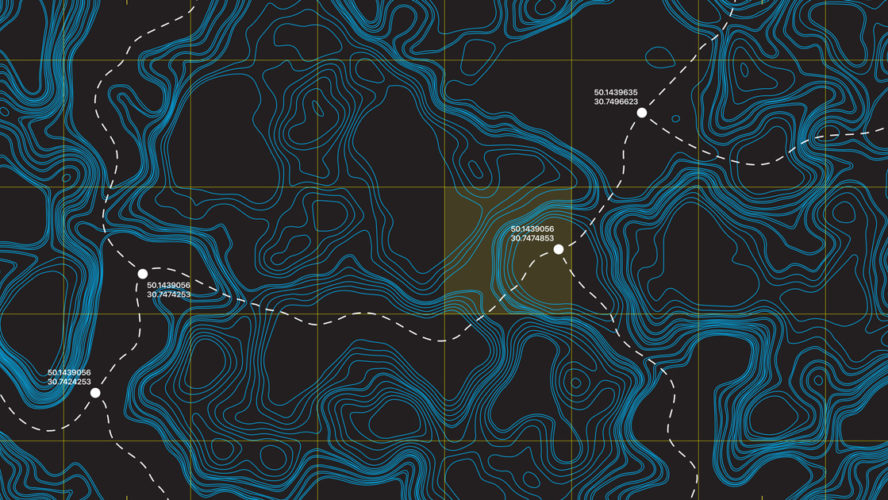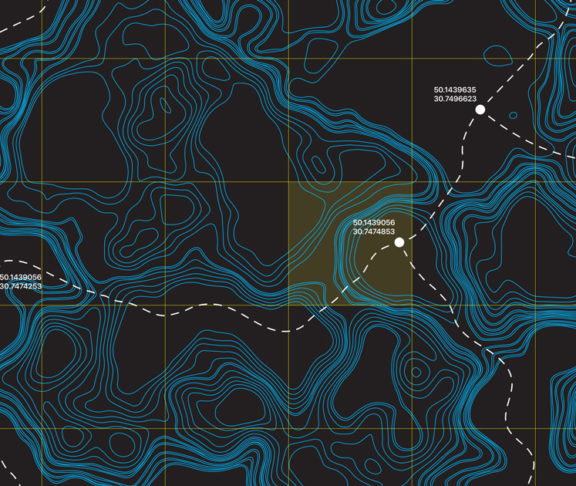
Jamie McMichael-Phillips
Project Director, The Nippon Foundation-GEBCO Seabed 2030 Project
Beneath the ocean’s surface lies a world vital for our planet’s future. But to navigate these waters, we must first map them with what is known as bathymetry.
A canvas of biodiversity lies hidden beneath the ocean’s surface. It’s a world shrouded in mystery, challenged by marine pollution, overfishing and degradation. As we explore solutions to these problems, we are missing fundamental information — a complete seabed map. From determining the ocean’s depths to unveiling the intricacies of undersea landscapes, bathymetry plays a crucial role in ocean health and sustainability.
Bathymetry discovers unseen depths and opportunities
Our understanding of the relationship between marine species and their habitat can be greatly enhanced through the lens of seabed mapping (bathymetry). Maps of the ocean floor can identify biodiversity hotspots such as seamounts — regions of abundant marine life.
Having such data readily available paves the way for responsible fishing practices and guides the establishment of marine protected areas. For the growing field of aquaculture, seabed mapping acts as a compass, directing operations to suitable sites that strike a balance between productivity and minimal ecological disturbance.
In the fight against marine pollution, particularly plastic litter, seabed mapping supports mitigation efforts. The journey of litter across oceans is complex, governed by various factors, including the ocean floor’s shape. Bathymetry data, by improving the accuracy of ocean current modelling, helps predict marine litter transport and identify litter accumulation hotspots.
In the fight against marine pollution,
particularly plastic litter, seabed
mapping supports mitigation efforts.
Mapping the path forward
As we journey further into the blue, our understanding and management of the oceanic world hinge on the maps we create. Yet, despite covering 70% of the earth’s surface, only a quarter of the world’s ocean floor has been mapped to date.
The Nippon Foundation-GEBCO Seabed 2030 Project aims to map the entire seabed by 2030, but it’s a goal we can’t reach without the collective efforts of global stakeholders. This includes international bodies, research institutions and the public who, by using small devices to gather data or raise awareness within their communities, can join us on this mission.
Seabed mapping may not hold all the answers, but it certainly sketches a more hopeful future for the ocean and, in turn, all life on Earth. We must embrace this tool and venture deeper — together.

